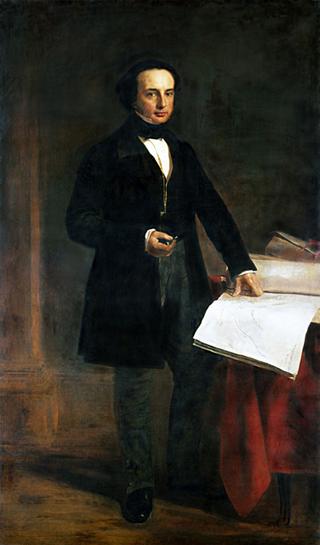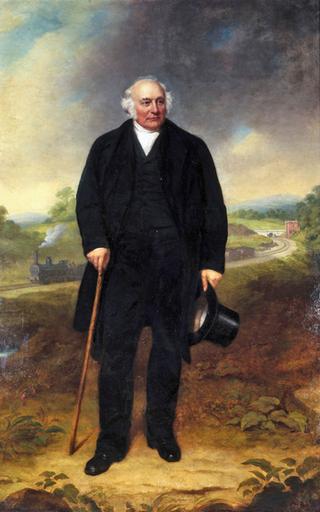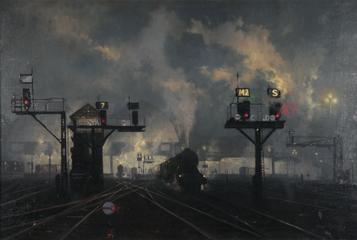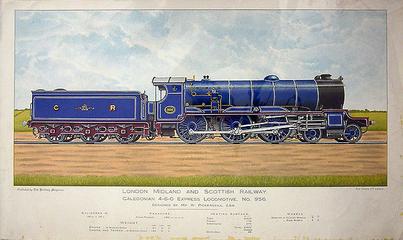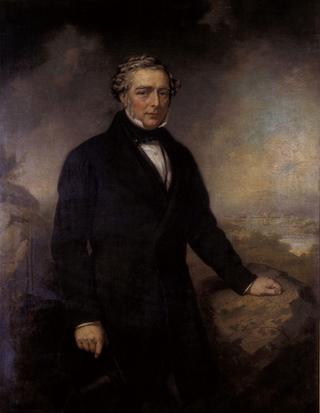
Lithograph showing The Lickey Inclined Plane, Birmingham and Gloucester Railway, 1840
- maker:
- Clerk and Company
Lithograph. The Lickey Inclined Plane, Birmingham and Gloucester Railway. The 'Philadelphia' Engine ascending the plane with a train of loaded wagons, June 1840. Drawn by E T Dolby. Printed by Clerk and Co, Lithographers, 202 High Holburn, London.
Just south of Birmingham, the Lickey Incline is a two-mile, 2.65% gradient slope. This may not sound like much, but it was — and still is — the steepest sustained main-line railway slope in Britain. Nowadays, all but the heaviest freight trains can make it up the incline without trouble. But back in the age of steam many trains required the assistance of ‘banking’ engines — these extra engines provided the additional traction required for the train to make it up the slope.
The pictured locomotive is pulling an eight-wagon train with a total weight of fourteen tons. With such a steep incline and such a heavy load, it impressively achieved a top speed of almost ten miles per hour. The locomotive was designed by Norris Locomotive Works, which by 1850 was the largest locomotive builder in the US, producing one hundred locomotives a year. Based in Philadelphia in an area dominated by locomotive building companies, Norris built several locomotives for the Birmingham & Gloucester Railway.
Edwin Thomas Dolby made the drawing from which this print is based. Dolby was a London-based watercolour painter who specialised in architectural pictures of churches and cathedrals. During the railway mania of the 1840s, prints depicting feats of railway engineering were very popular. This financial incentive might explain why Dolby departed from his usual subject matter to depict the Lickey Incline.
It has been estimated that no fewer than 2,000 prints of railway subjects were produced during the years 1830 to the late 1840s, and scarcely a line opened without at least one view of its engineering accomplishments being published. It is difficult for us today to understand the emotional as well as financial commitment to railways during these early years. The railway was often seen as a slowly spreading symbol of change and progress towards a better world.
Details
- Category:
- Pictorial Collection (Railway)
- Object Number:
- 1978-1771
- Materials:
- paper (fibre product)
- type:
- print and lithograph
